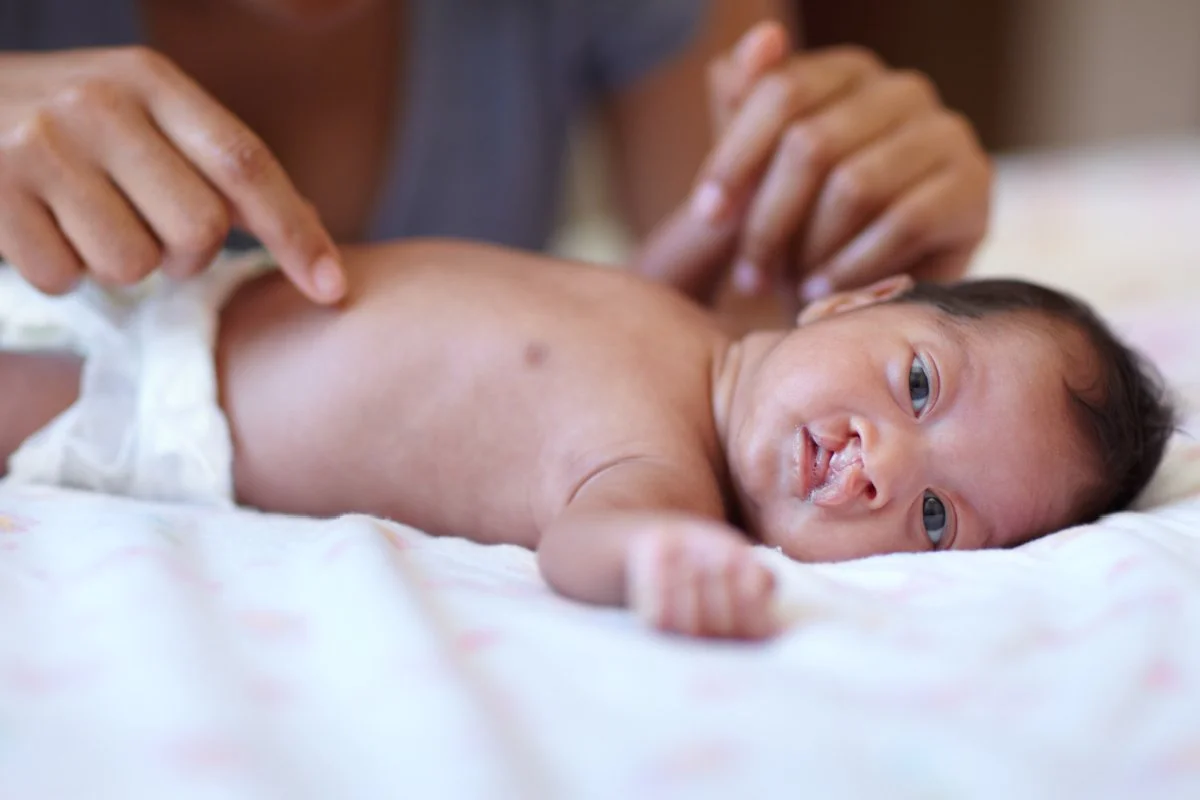More Than a Smile: Supporting Children with Cleft and Craniofacial Differences
July marks National Cleft and Craniofacial Awareness & Prevention Month, a nationwide initiative championed by the CDC and the American Cleft Palate‑Craniofacial Association (ACPA). While many see only the external appearance of these conditions, families know the deeper reality: feeding challenges, speech delays, breathing concerns, and profound emotional hurdles.
Below, Richmond craniofacial and pediatric plastic surgeon Dr. Sharline Aboutanos explains her role and how early, skilled care can dramatically change the trajectory of a child’s life to restore function, foster confidence, and safeguard overall development.
What Are Cleft and Craniofacial Conditions?
Cleft lip and cleft palate
Cleft lip and cleft palate occur during early fetal development when the tissues that form the upper lip or roof of the mouth do not fuse completely, creating a gap that can disrupt feeding, hearing, and speech.
Craniofacial differences
Craniofacial differences is an umbrella term that describes conditions that affect the growth of the skull, jaw, or facial bones. Examples include craniosynostosis (premature fusion of skull sutures), micrognathia (undersized lower jaw), and hemifacial microsomia (under‑development of one side of the face).
Though each diagnosis is unique, all share a common thread: they can be treated—and children can thrive—when families have access to compassionate, expert support.
The Importance of Early Diagnosis and Multidisciplinary Care
Timely intervention offers measurable advantages:
Improved feeding & weight gain in infancy
Optimal speech and language development
Protection of hearing by addressing middle‑ear issues early
Stronger emotional well‑being through coordinated psychosocial support
Most children benefit from a dedicated craniofacial team, which may include the following specialists:
Pediatric craniofacial surgeon: Plans and performs corrective surgeries
ENT (otolaryngologist): Manages airway and ear health
Pediatric dentist & orthodontist: Guides tooth eruption and jaw growth
Speech‑language pathologist: Supports speech and feeding milestones
Audiologist: Monitors hearing
Psychologist / social worker: Helps families navigate emotional and social challenges
Dr. Aboutanos collaborates closely with an ACPA‑accredited craniofacial team to ensure every child receives seamless, holistic care.
July is a time to honor the courage of children born with cleft and craniofacial differences and their journeys—and to raise awareness about the support and treatment options available.
Dr. Aboutanos recently filmed a live segment with 12 On Your Side for Cleft and Craniofacial Awareness Month. Watch the full segment here.
What Pediatric Plastic Surgeons Do
As a fellowship‑trained pediatric craniofacial surgeon, Dr. Sharline Aboutanos guides families from a child’s very first days through adulthood. Her role spans five core areas:
1. Primary cleft lip repair (cheiloplasty) 3-6 months
At just a few months old, Dr. Aboutanos carefully realigns the lip tissues, muscle layers, and nasal base to restore normal anatomy. Precise suturing recreates a natural Cupid’s bow shape and begins the foundation for clear speech, easier feeding, and confident smiles.
2. Cleft palate repair (palatoplasty) 6-12 months
Closing the gap in the roof of the mouth is vital for proper speech resonance and separation of the oral and nasal passages. Dr. Aboutanos repositions palate muscles and shields delicate ear structures to help children develop intelligible speech and reduce ear‑infection risk.
3. Secondary surgeries during growth
As children mature, growth spurts can reveal new functional needs. When indicated, she offers individualized procedures such as pharyngeal flap surgery to fine‑tune speech or minor revisions that improve breathing and facial balance, always timed to support healthy development.
4. Ongoing advanced care
Continuous advancements in pediatric craniofacial surgery allow Dr. Aboutanos to refine techniques, respect growing tissues, and minimize visible scarring, all while prioritizing safety and long‑term outcomes.
5. Family‑centered guidance & support
Surgery is only one part of the journey. Dr. Aboutanos educates parents in plain language, coordinates closely with speech therapists and other specialists, and remains a steadfast resource for families at every stage of their child’s care.
Her mission extends beyond aesthetics: to help every child eat, speak, breathe, and smile with confidence, now and for life.
Every child’s journey is unique, but early diagnosis and coordinated care make all the difference.
Prevention & Awareness
While most craniofacial anomalies arise from complex genetic and environmental factors that cannot be entirely prevented, families can still lower risk and promote early detection:
Prioritize prenatal care and adequate nutrient intake
Avoid tobacco, alcohol, and certain medications during pregnancy (consult your OB‑GYN)
Attend regular pediatric checkups so subtle signs are caught early and referrals happen promptly
Model compassion and inclusion by teaching children to celebrate differences and stand against bullying
Related: Has your child been diagnosed with cleft lip or palate? Here are 4 important things to know
How to Support
There are many meaningful ways you can champion children and families affected by cleft and craniofacial differences. Here are a few simple ways to start:
1. Share awareness posts this July to help amplify real stories and facts on social media. Even a single repost from a reputable cleft nonprofit can spark conversations, correct myths, and help other parents feel less alone.
2. Volunteer or donate to organizations like ACPA, Smile Train, or Operation Smile, which fund surgeries and family resources worldwide. Your time or financial gift can underwrite life‑changing surgeries, supply specialized bottles, or sponsor travel for families seeking care.
3. Seek evaluation if you notice feeding difficulties, abnormal head shape, or speech delays; early reassurance or referral makes all the difference. Trust your instincts; prompt consultation with a craniofacial specialist provides clarity, calms fears, and launches timely treatment when needed.
4. Connect with our team. Compassionate, expert help is only a phone call away. We will answer your questions, outline next steps, and coordinate multidisciplinary care so your child receives comprehensive support from day one.
Cleft and Craniofacial Differences Support in Richmond
If your child has a cleft or craniofacial difference—or if you simply have questions—reach out to Dr. Sharline Aboutanos for guidance grounded in expertise and empathy. Call (804) 355‑3410 or contact her online to schedule a consultation.



